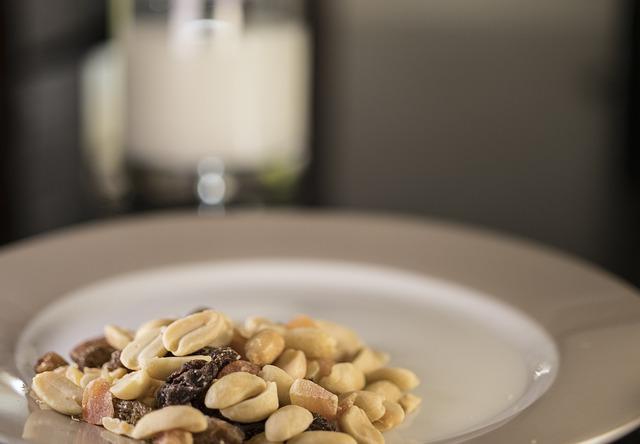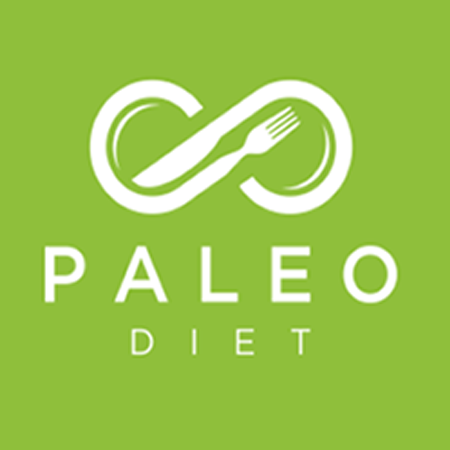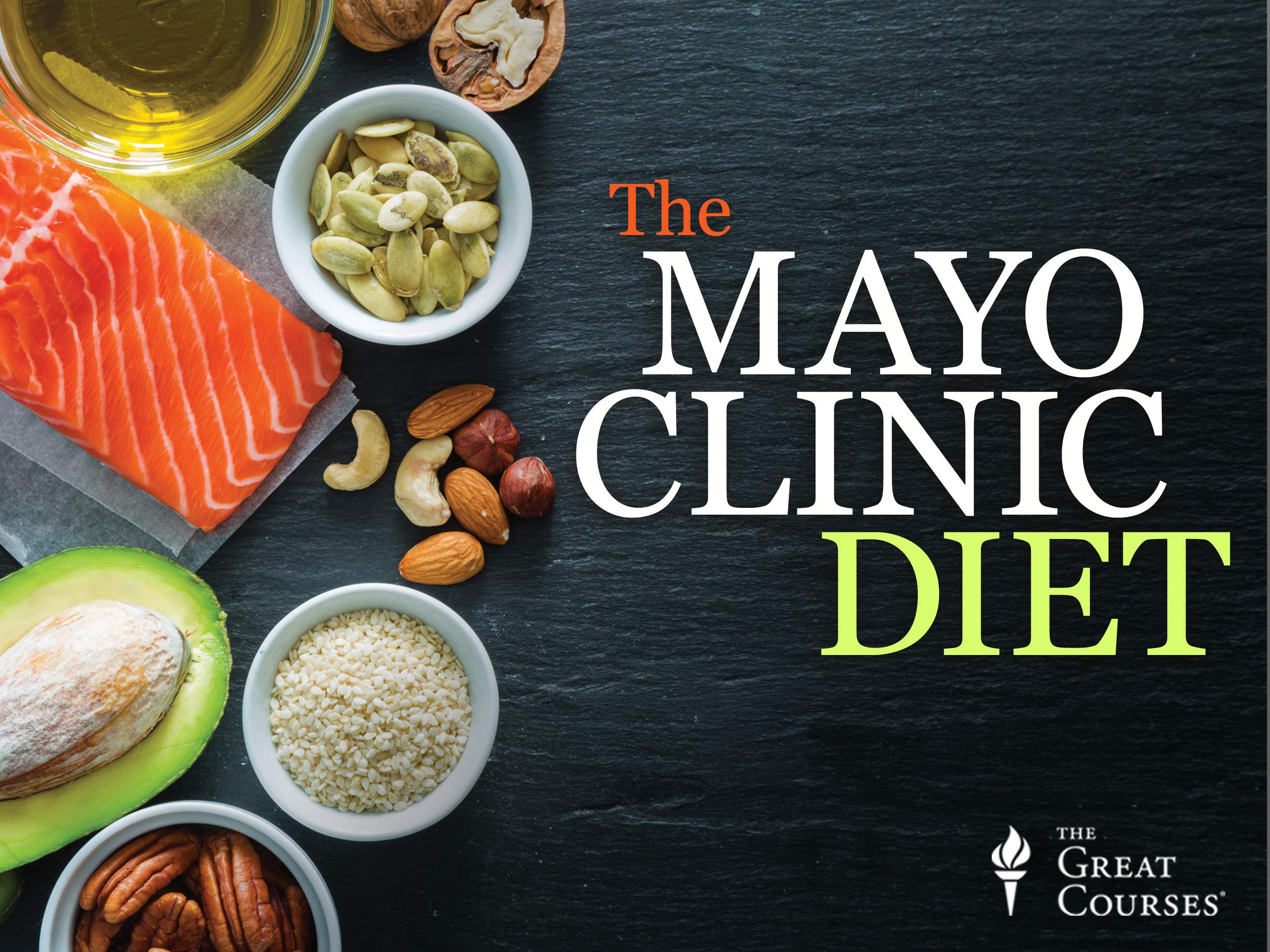
You might find it helpful to review the Paleo diet if you're new or not familiar with it. We'll talk about its health benefits, side effects, and application. This diet emphasizes whole grains, fruits nuts, seeds, and fish (preferably wild, sustainable). Except when you're bow hunting wild, it doesn't include meat. The diet contains moderately high amounts of dairy, which can be a good source to calcium. This includes whole grains along with legumes.
The Paleo diet has its problems
There are many problems with Paleo. It's too high-in meat and eggs. It also excludes many healthy foods such as dairy and grains. The Paleo lifestyle is not based on scientific research, despite the apparent advantages. These are the most common problems with this diet. Listed below are some common Paleo diet problems. Weigh your options carefully before making the switch.
Paleo means that humans evolved from eating fish and meat to eat meat. Since there are very few edible plants in the Arctic, these people were able to adapt to lack of plant food and remain healthy. Paleo prohibits eating grains. However, there are also plenty of benefits to this diet, and incorporating it into your diet can help you get lean and fit in no time.
Potential health benefits

Paleo is a high-protein diet with low carbohydrate and protein. This may be beneficial for people who have metabolic health issues. Reduced sugar intake, which is often associated with insulin resistance, can increase the body's ability and insulin sensitivity. It may also help people with autoimmune disorders, since the absence of grains and legumes reduces the body's intake of these foods. However, excluding whole grains from your diet can lead to lower intakes of beneficial nutrients, as well increase the risk for diabetes and cardiovascular disease.
A recent study published in the American Physiological Society showed that the diet reduced biomarkers of inflammation and may even lead to reduced use of prescription drugs in patients with type 2 diabetes. Further research is needed in order to confirm and expand the potential benefits of this diet. Although the diet does discourage the intake of highly processed foods, many people have experienced significant benefits of the diet. You should also note that Paleo does not require you to stop eating refined foods like breads and pastas.
Possible side effects
One reason for some of the side effects of the Paleo diet is the exclusion of cereal grains. Your intake of fiber, B vitamins and other nutrients will be reduced if there are no cereal grains. This can affect your ability to regulate blood sugar levels. Eliminating grains may increase your risk of developing chronic diseases such as diabetes. In addition, cereal grains also contain important nutrients like iron and magnesium, which can lower cholesterol and protect your body from chronic diseases. But, if cereal grains have been consumed for a long period of time, you should be aware that there are possible side effects to the paleo diet.
Bad breath is one the most prominent side effects of Paleo. This side effect can vary from person to person and is dependent on your diet and metabolism. Your breath might smell especially bad if you're in ketosis. The increased amount of protein in your diet can increase your body's production of hydrogen sulfuride. This can lead to unpleasant burps, including a smell that resembles eggs.
Applicability

The Paleo diet claims weight loss and healthier living. However, there is not enough research to support these claims. The diet excludes or limits certain food groups, such grains and dairy products. This could lead to high amounts of saturated fats, as well as a loss of many important nutrients. It is considered somewhat unsafe. These are reasons you shouldn't eat Paleo.
Paleo is a diet that encourages the consumption lean meat, and avoids dairy protein. It could also serve as part a periodic nutrition plan for power and strength athletes. The diet can be more restricted during the off-season, but more flexible during the sports season. This allows athletes in the sport seasons to include more CHO. This plan can be difficult for strength and power athletes.
FAQ
How Much Does It Cost to Study Culinary Arts?
It is not easy to find a culinary arts degree that costs less than $40,000. A four-year degree usually costs around $40,000. On the other hand, a two-year associate's degree may cost less than $5,000. Tuition rates vary depending on what program you choose. Private institutions charge higher prices than public ones.
What is the cost of a culinary school?
The costs of culinary school can vary depending on where and how long it takes. The annual tuition average is between $10,000 and $30,000 Most students graduate with about $20,000 in debt. There are some programs that offer grants and scholarships as well as work-study options.
Is it possible to be self-taught?
Yes, it is possible to be a self-taught chef! No matter how much you know, cooking is something that everyone enjoys. You can learn to cook by starting at home. You can start small by making spaghetti sauce for dinner or pancakes for breakfast. Experimenting with new recipes is the best way to learn to cook. You might even make some mistakes.
You can learn to cook in a matter of hours or weeks depending on your level of cooking ability. Cooking is more than following recipes. There are so many ways to prepare food.
Statistics
- According to the BLS, chefs earn $58,740 a year. (learnhowtobecome.org)
- In the United States, the category is estimated at $23.2 billion annually and is growing faster than the market. (washingtonpost.com)
- under 10 Kids have been taught that there is special food just for them, and Fiese says that 10 percent of kids will throw a tantrum if they don't get the food they want. (washingtonpost.com)
External Links
How To
How to cook a steak
The thickness of the meat determines the best cooking method. Thicker steaks, for example, are better cooked at low heat while thicker steaks require higher temperatures.
They will lose their flavor if they are overcooked. You should always remove the steak from the skillet when it's done. This will prevent you from burning yourself.
The size and desired doneness of the steak will affect the cooking time. Here are some general guidelines.
Medium Rare: Cook the meat until it reaches medium rare (63°C). This can take anywhere from 3 to 5 minutes per side.
Medium: Cook till medium. This usually takes about 6 minutes per side.
Good Cooking: Cook the meat until it is done. This means that the internal temperature reaches 180F (82C). This usually requires 8 to 12 minutes per side.